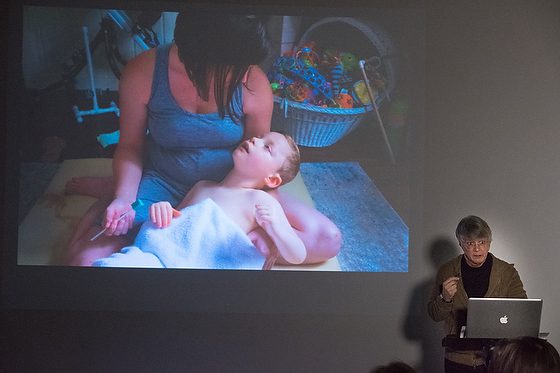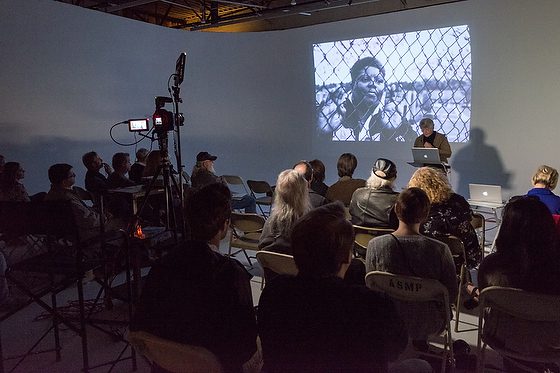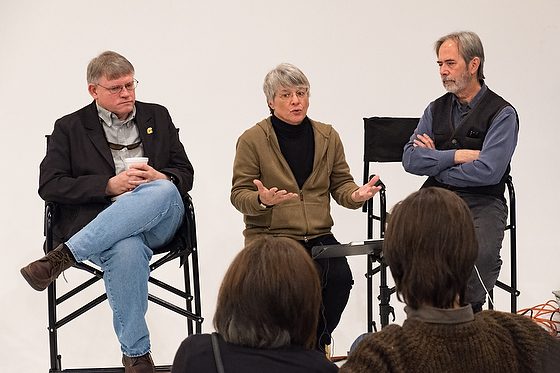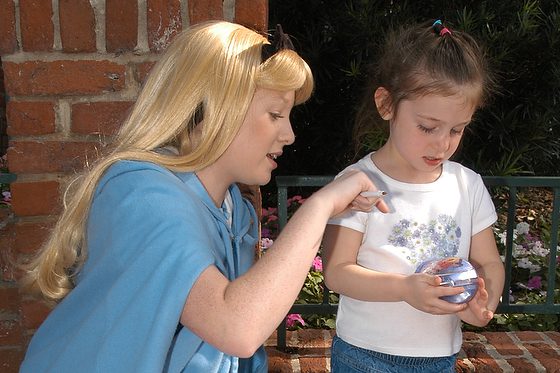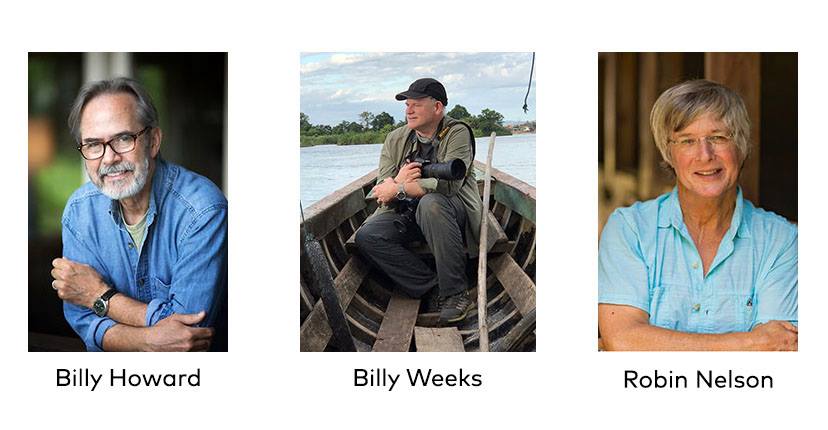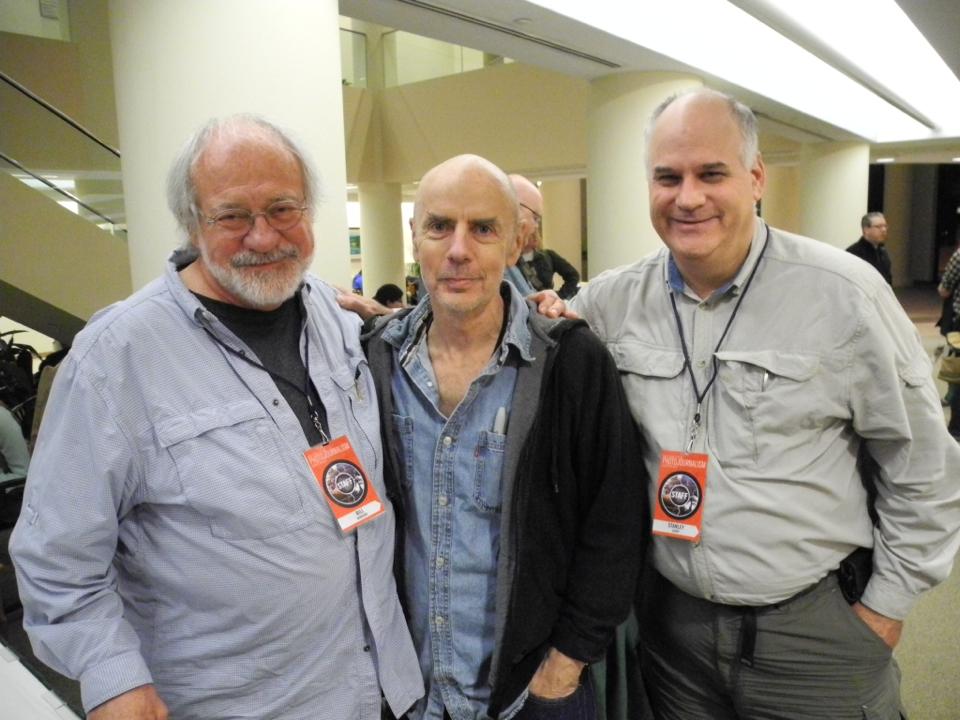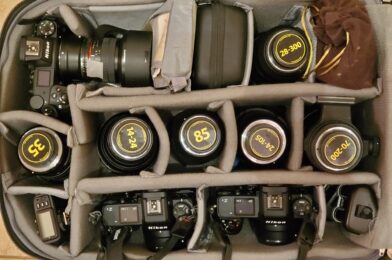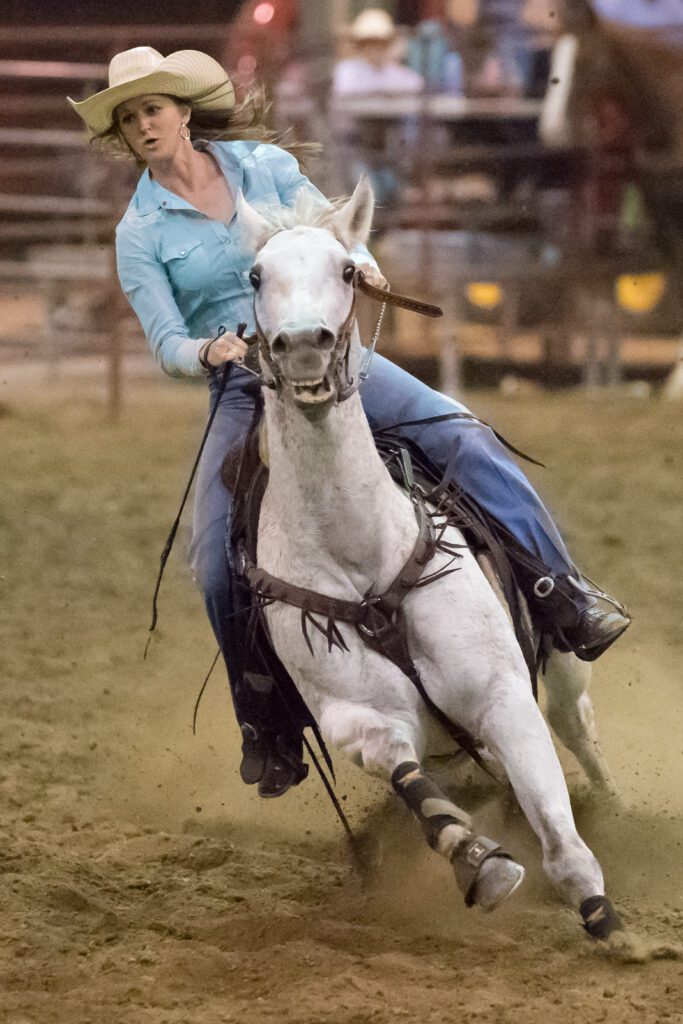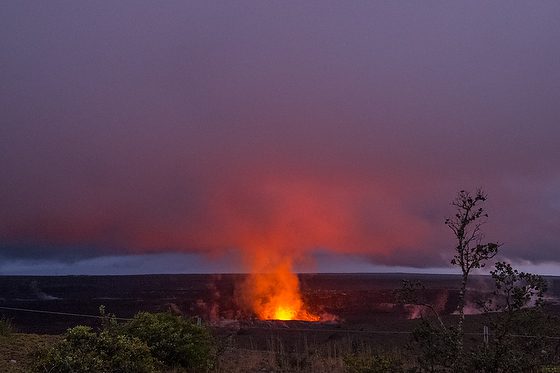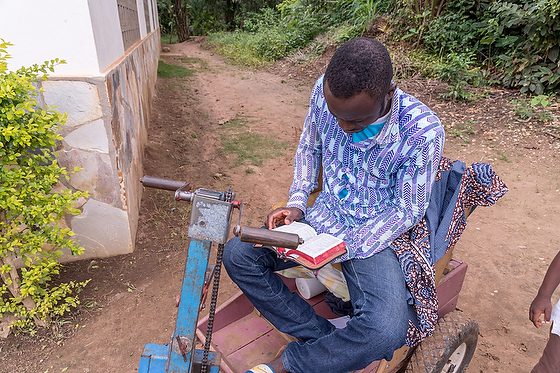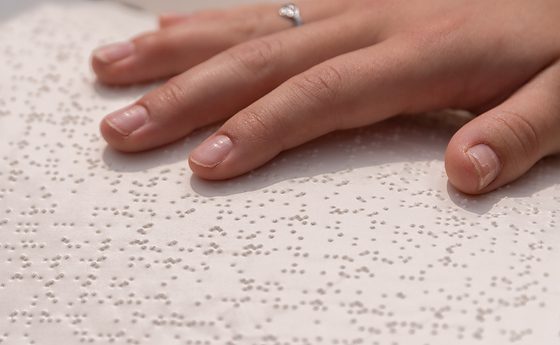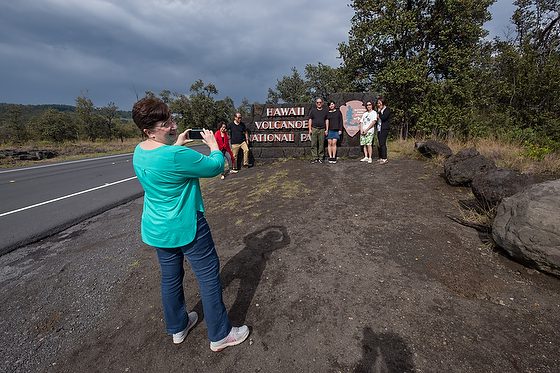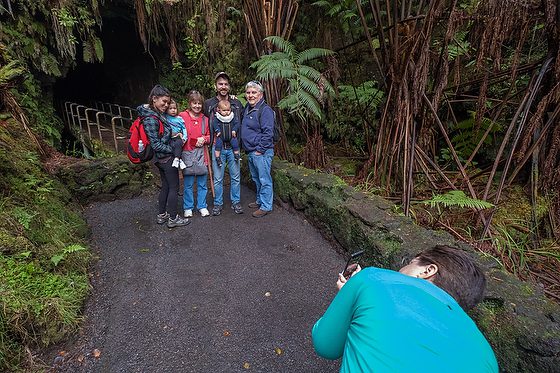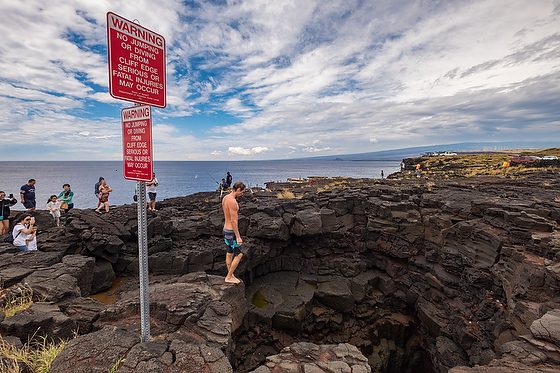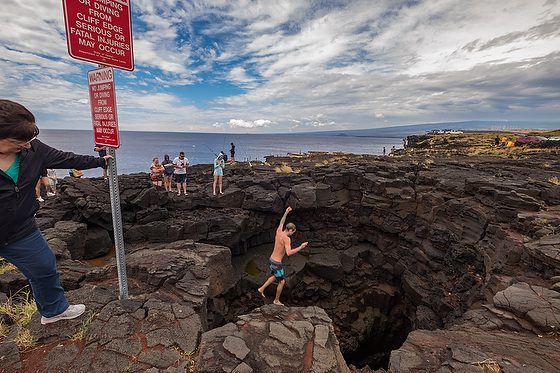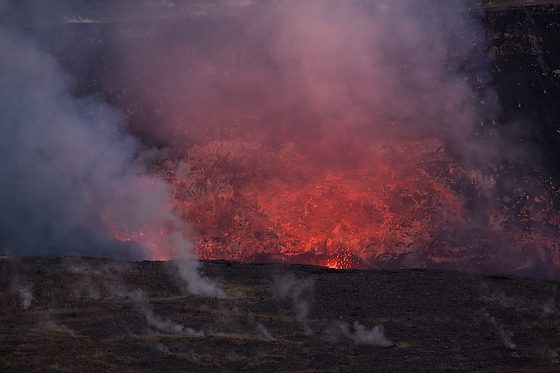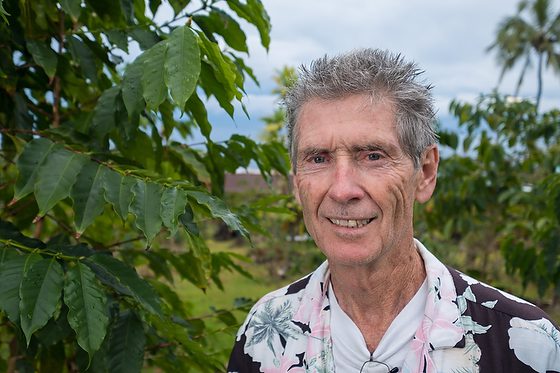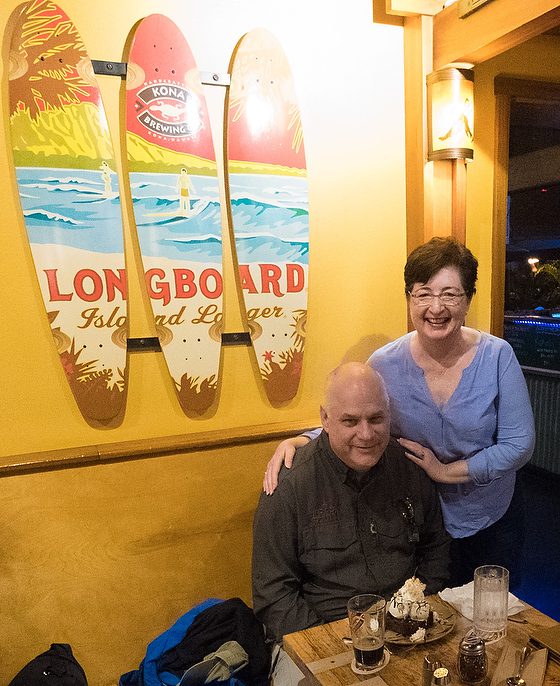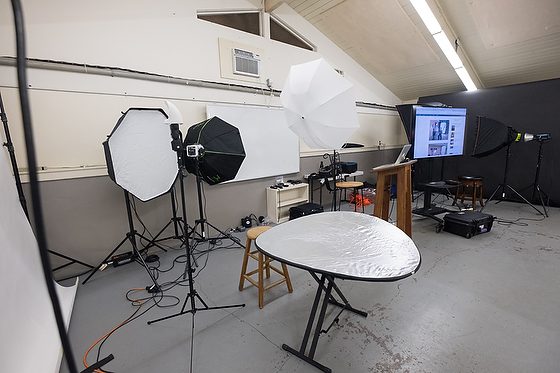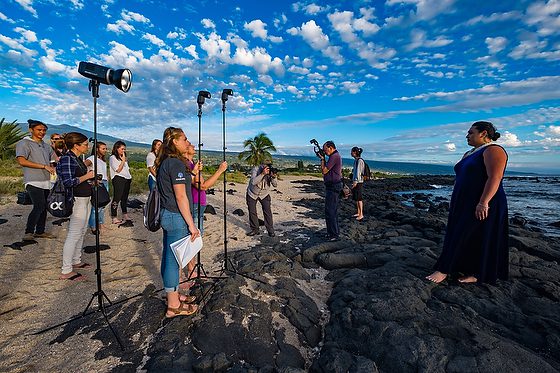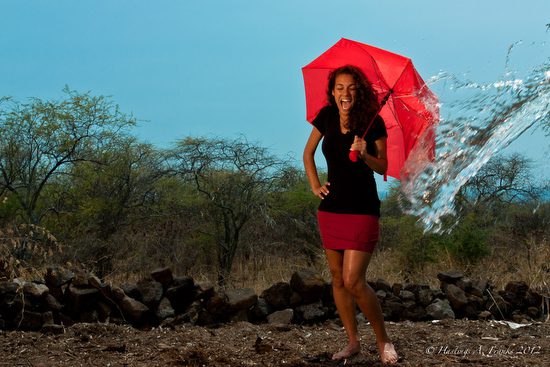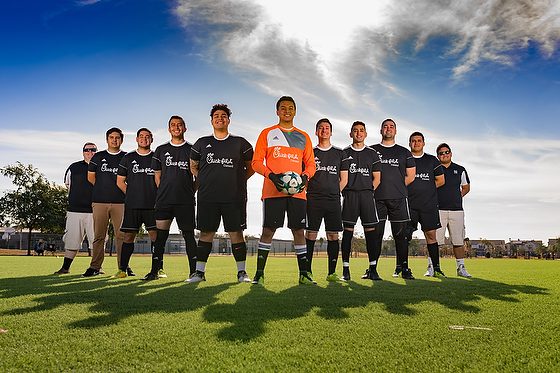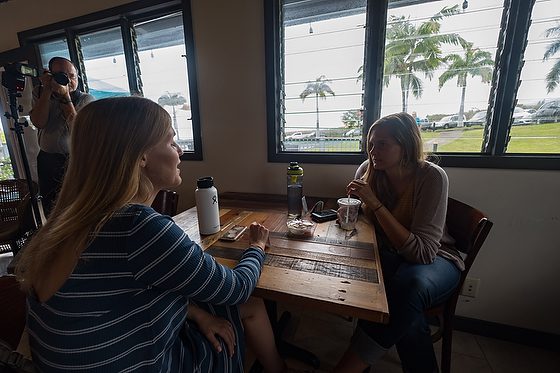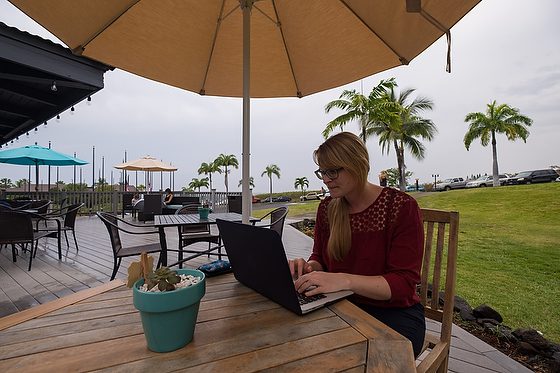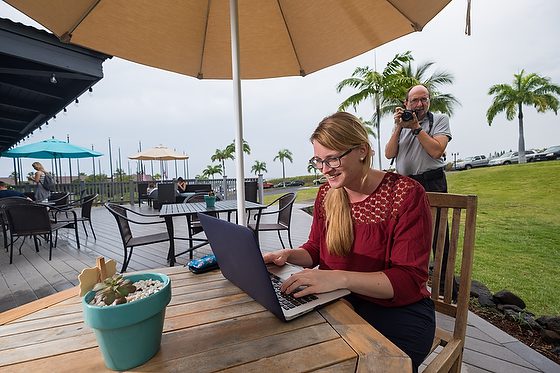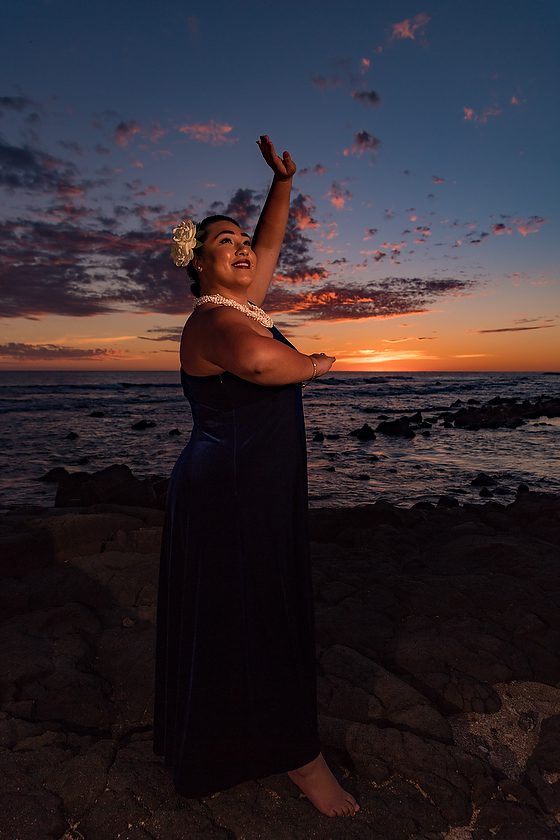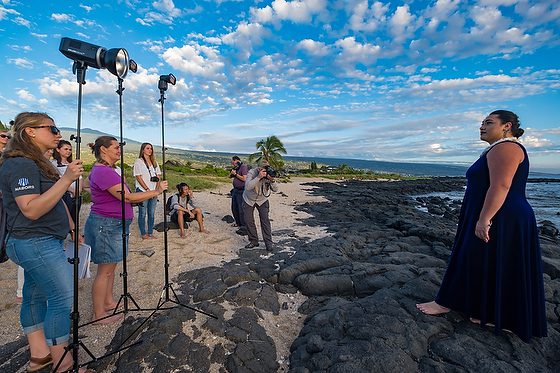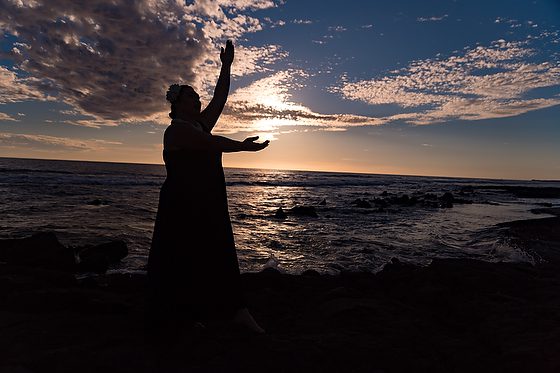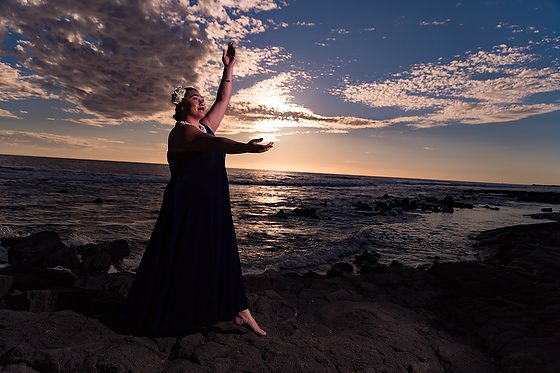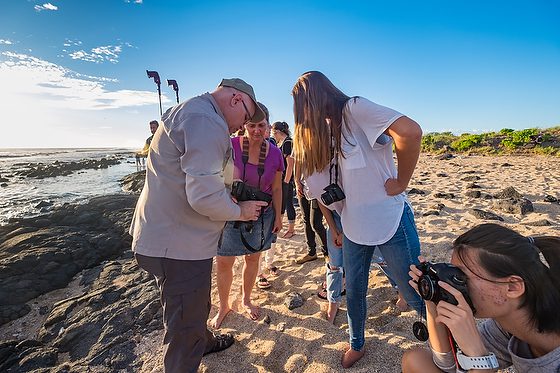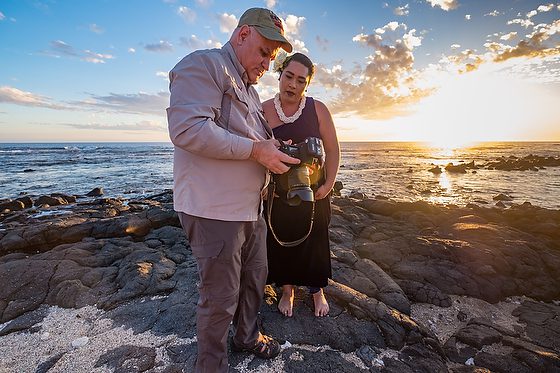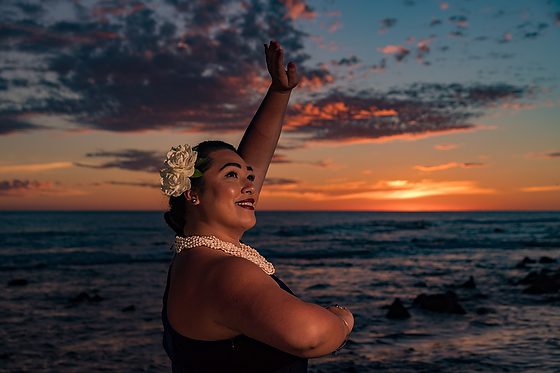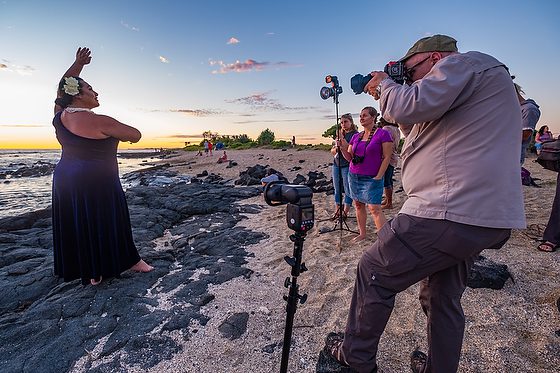Many who first buy a camera put their camera on the Green “P” button or like on this camera the Green Camera. That is the mode where the camera does all the thinking for you.
Soon you realize that to get the results you were looking for, you have to tell the camera what to do. This is when you learn what M, A, S, and the other settings on that dial do other than the green camera or P mode.
When photographers start trying to make a living at this, they look for their camera’s green “B” mode. They want a simple business model that thinks for them and tells them what they need to do to be successful.
If they are not careful on some camera models, the B mode stands for “bulb,” which is another discussion for another day.
What prompted this blog post was a Facebook post.
Facebook post question: What are editors, photo buyers, and parents sick of the most regarding buying photos?
My first response: Photographer is over-explaining their prices. Just tell us the price. Please give me a low, medium, and high price option, and let me pick.
Facebook response: Are you talking about editors’ parents or both?
My response: Everyone
Facebook Response: I just got foto big X. Is there a way to package that for people?
My long response:
Yes, there is. The software is designed for editorial freelancers who do B2B versus B2C. However, you can create your price items. It doesn’t make a price list that you hand to people. It is used to create estimates and invoices.
I notice you and many others post many detailed questions that cannot be adequately answered on a Facebook or even blog post. Those business questions often show a lack of understanding of business practices.
This is quite common in photography. People take up photography, and most realize at some point that putting their camera on “P” doesn’t mean professional photos.
The learning curve then becomes quite steep as they go from pointing and shooting to making the camera see the way they want it to. Most will spend some money on classes or workshops.
Once you then decide to charge for your services and try to make money doing photography, you quickly realize the “B” setting on trying to run your business doesn’t work. It is even more difficult than photography because there is no “B” setting.
You need to take a class in business practices for the profession. You can pay a photographer with more than three years of successful experience to help you get started. I recommend talking to photographers who are members of ASMP.org or PPA.com. Both organizations have business practices at the core of the company’s formation.
Because where you live can also impact how you run your business due to tax laws, you also need to talk to an accountant and an attorney. Each of the organizations has a list of those who work with photographers. Nothing can be worst than making money and then finding out that you owe more taxes because you didn’t do something right.
In most communities, there is the US Small Business Administration that offers many classes for free. They want you to be successful. Here is where you can find out more about their “FREE” help https://www.sba.gov/.
You are going back to your original question that started this thread. You have asked about two types of businesses: business-to-business model and industry-to-customer.
Talking to a customer who is part of the industry [i.e., editor at a publication] is different than talking to someone not a part of the industry [i.e., a mother wanting photos of the family]. One person hires photographers regularly and will discuss hiring you differently.
While you can create an essential price list for services, you will have to make custom estimates pretty often in this industry. It is much easier to do when you understand how you create a price for a service.
You must know how much you must bring home to cover your base. You know your phone, rent, gear, software, marketing materials, and more are ongoing expenses to run your business. You must know this number; if you don’t, you cannot create a price for anything. You don’t even know what you must charge to break even.
99% of every photographer I have ever helped that came to me about business practices was losing money on every job. They were paying most people to shoot for them, but because they didn’t know what their bottom line was to run their business, they were charging 50% or lower than the price they needed to break even.
I wrote a blog post about just getting to know your expenses.
Here is a blog post on tips on price estimating.
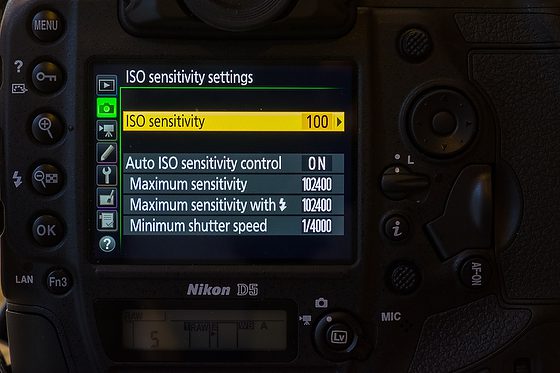
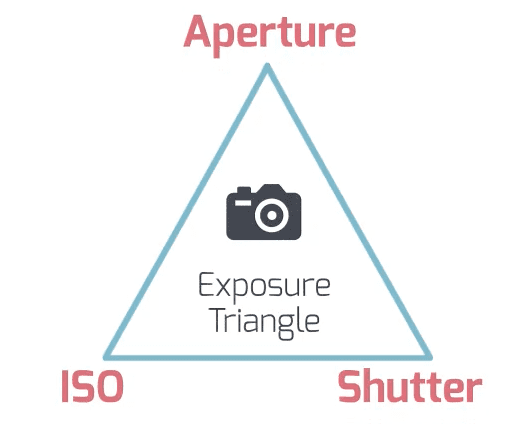

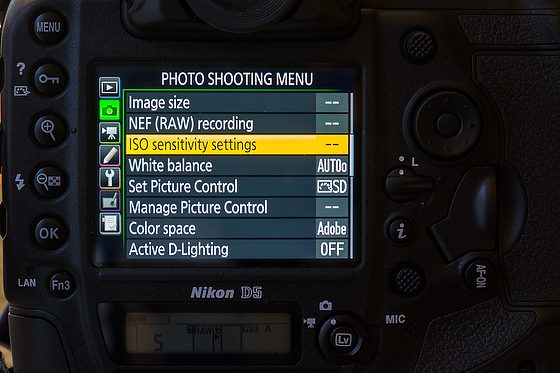
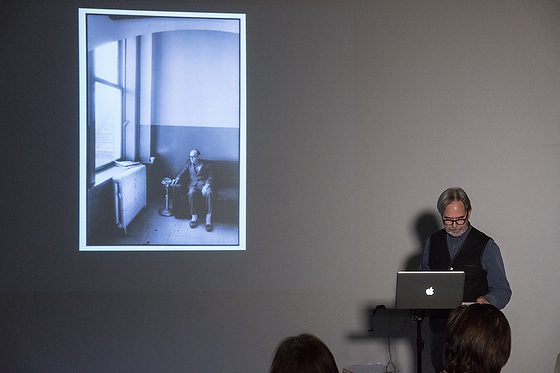
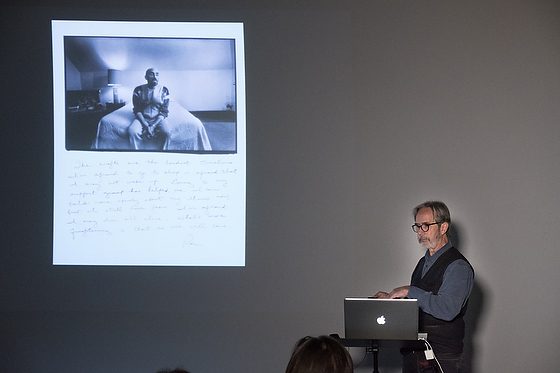
![Where is the “B” [Business] button on my camera?](https://picturestoryteller.com/wp-content/uploads/2017/05/93a60-2012-08-2613-35-39.jpg)

